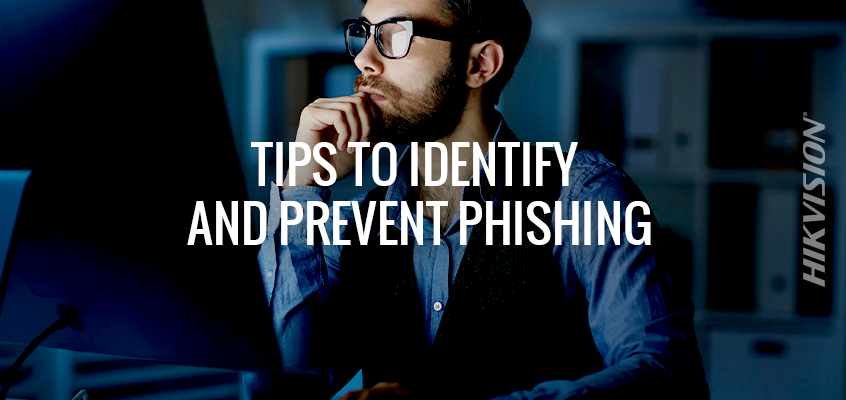Hackers Improve at Phishing and Other Cyberattacks as Security Breaches Increase
Hikvision Cybersecurity Director Outlines Tips to Identify and Prevent Phishing and Spear Phishing, Malware
In the article, “Hackers refine, improve their phishing skills,” SecurityInfoWatch.com editorJoel Griffin states that hackers have become more adept at carrying out targeted cyberattacks as security breach proliferates.
From the article: “While popular culture might lead you to believe that today’s hackers are computer geniuses with intimate knowledge of network architectures who go about their days working in a dark, shadowy underworld clothed in hooded sweatshirts, the reality is much different. … These fraudsters typically employ what are commonly known as phishing scams, which involve crafting an email in a way that seems to the average user like it is coming from a credible entity, such as a bank or an employer, but in actuality is a scam designed to dupe the victim into unknowingly turn over confidential information or click on a link that downloads a malicious link onto their desktop or mobile device. Some of these schemes even include highly detailed information about the recipient and/or people they know in much more targeted attacks known as spear phishing attacks.”
Phishing attacks are increasing, and messaging security provider Cloudmark found that an average phishing attacks costs a mid-sized company about $1.6 million to resolve, according to the article.
Griffin suggests that organizations provide comprehensive cyber training for their employees so they can recognize, and avoid becoming a victim, of phishing emails.
“Organizations have to continue to up their vigilance, continue to educate their employees, but they also need some protections in place around things like filtering emails and protections to make sure if someone tries to visit a site that is a known phishing link that they have some blocks in place to prevent employees from hurting themselves or the business,” said Mike Gross, head of global fraud & ID product innovation at Experian, in the article.
Click here to read more.
Tips to Identify Phishing and Spear Phishing
To reduce security concerns, Hikvision’s cybersecurity director Chuck Davis authored several blogs on how to identify phishing and spear phishing emails to avoid becoming a victim of them.
In the article, “Cybersecurity in the Workplace: Hikvision Cybersecurity Director Discusses Spear Phishing,” Davis outlines nine steps phishing victims can take to be proactive about the threat. Below are a few of the article’s tips:
- If this is a business email address, let your cybersecurity team know immediately about the threatening email. There could be an ongoing company-wide campaign that the cybersecurity team can stop. If the cybersecurity team is aware of the campaign they can also help educate employees.
- Use two-factor authentication (2FA) or multi-factor authentication (MFA) everywhere possible.
- Use a password manager. This will allow you to make great passwords (20 plus characters) that are unique for every website. And, you won’t need to remember any of them.
Davis also wrote a two-part blog on examples of phishing, where he said: “Phishing attacks have long been an effective way for attackers to trick people into divulging sensitive information or infecting a system with malware. Malware can give an attacker remote access to protected systems and networks, encrypt a user’s data and charge a ransom to decrypt the data, or use that system as part of an attack against other systems.” Read part one on phishing here, and part two at this link.

